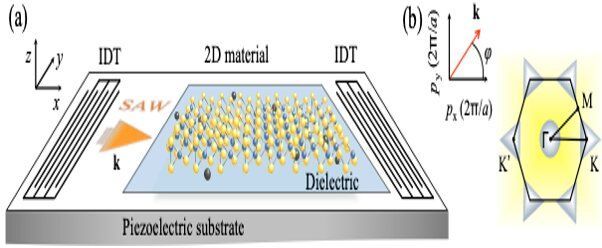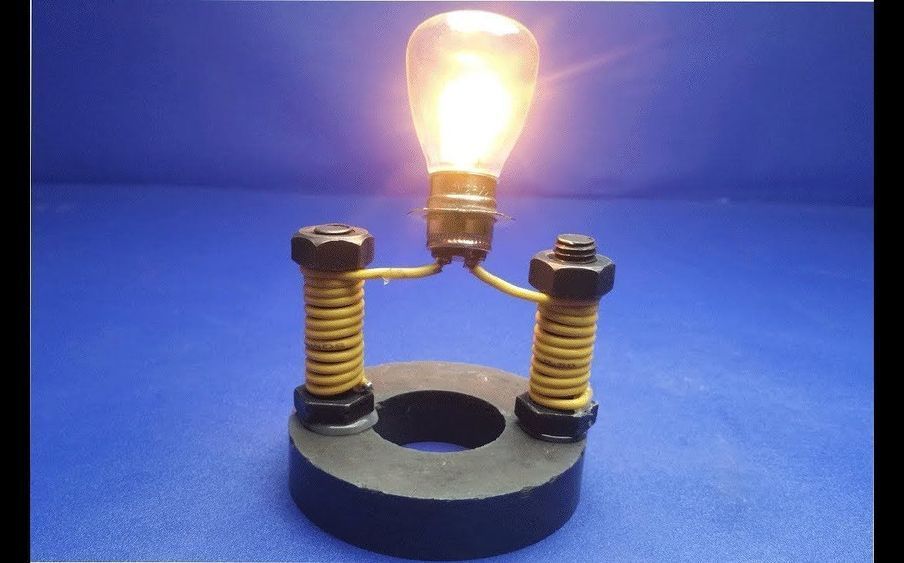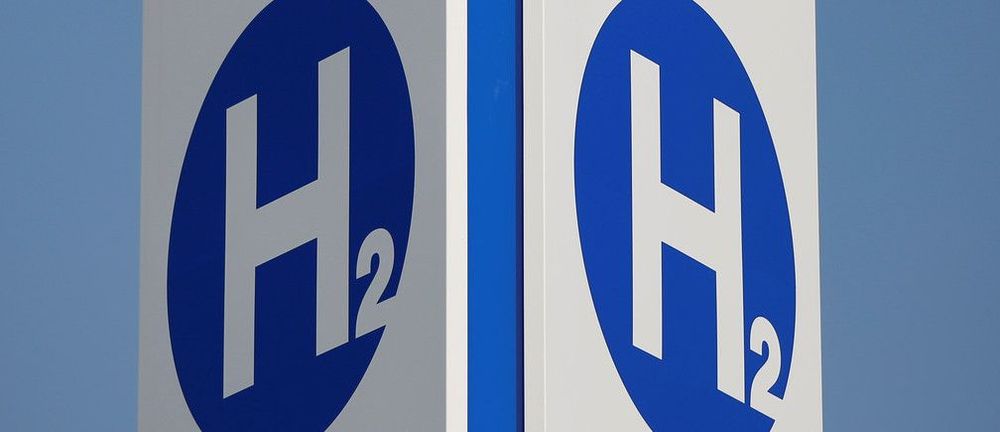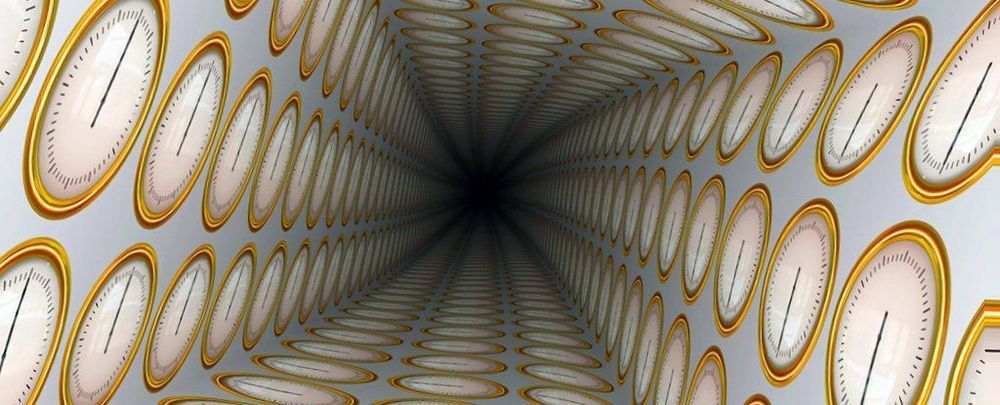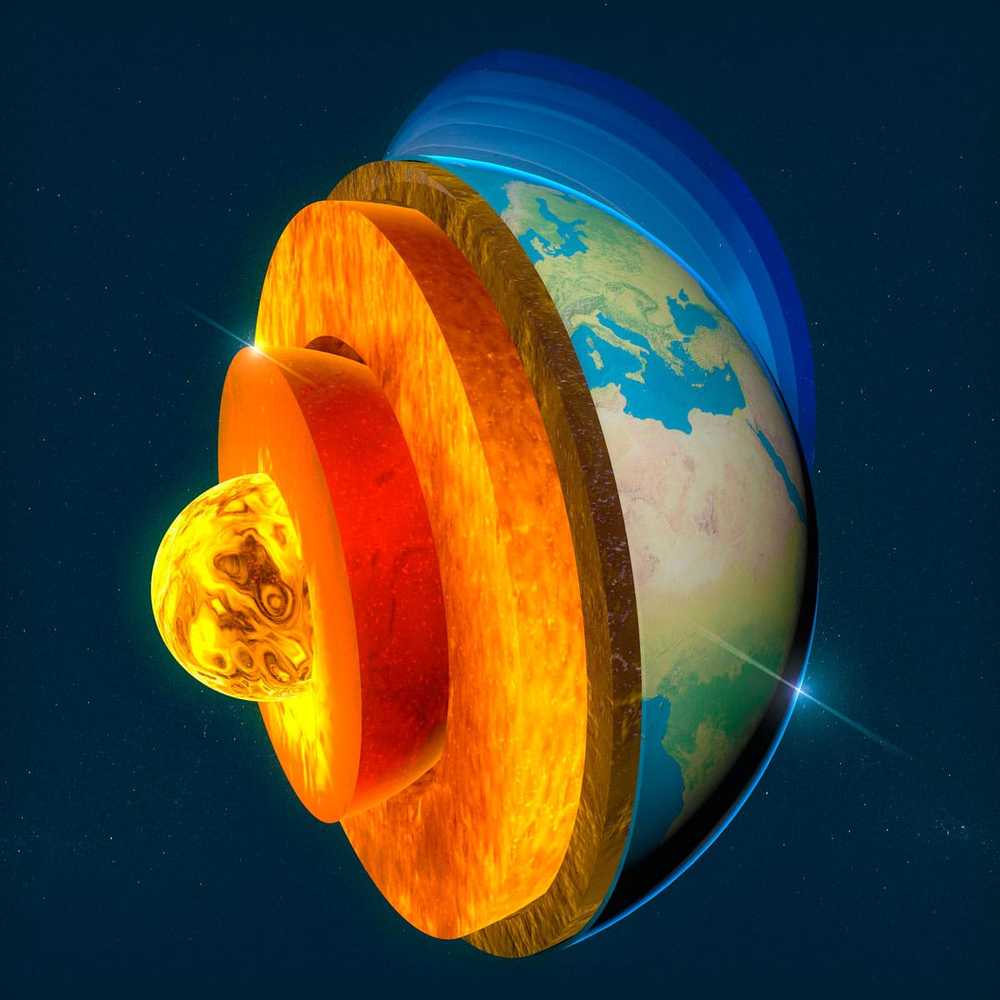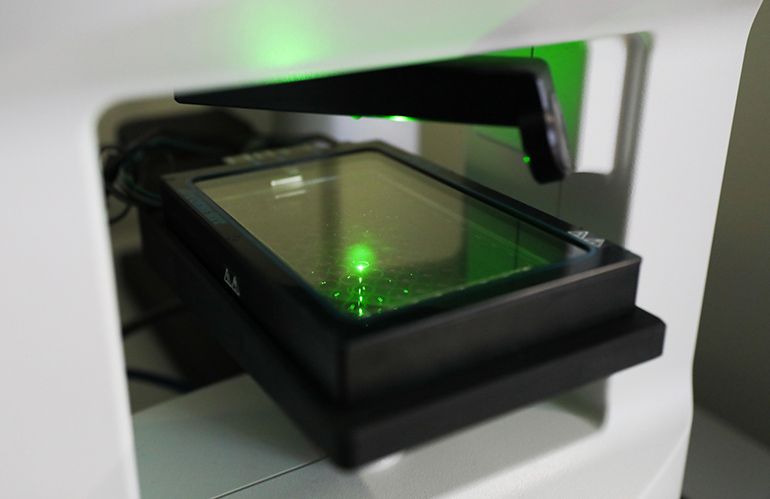Group is set to build the world’s first plane made from and powered by HEMP. Not only the plane set to run on HEMPEARTH Hemp Jet A Bio Fuel, but it is set to be built almost entirely from HEMP. Everything from the seats, the wings, the plane walls and even the pillows are set to contain hemp.
Category: energy – Page 298
Researchers say they created E coli strain that can draw free energy from the environment; its next task is to see if technique can be applied to complex life forms such as humans and animals.
Researchers at the Center for Theoretical Physics of Complex Systems (PCS), within the Institute for Basic Science (IBS, South Korea), and colleagues have reported a novel phenomenon, called Valley Acoustoelectric Effect, which takes place in 2-D materials, similar to graphene. This research is published in Physical Review Letters and brings new insights to the study of valleytronics.
In acoustoelectronics, surface acoustic waves (SAWs) are employed to generate electric currents. In this study, the team of theoretical physicists modelled the propagation of SAWs in emerging 2-D materials, such as single-layer molybdenum disulfide (MoS2). SAWs drag MoS2 electrons (and holes), creating an electric current with conventional and unconventional components. The latter consists of two contributions: a warping-based current and a Hall current. The first is direction-dependent, is related to the so-called valleys—electrons’ local energy minima—and resembles one of the mechanisms that explains photovoltaic effects of 2-D materials exposed to light. The second is due to a specific effect (Berry phase) that affects the velocity of these electrons travelling as a group and resulting in intriguing phenomena, such as anomalous and quantum Hall effects.
The team analyzed the properties of the acoustoelectric current, suggesting a way to run and measure the conventional, warping, and Hall currents independently. This allows the simultaneous use of both optical and acoustic techniques to control the propagation of charge carriers in novel 2-D materials, creating new logical devices.
Via World Economic Forum
It’s a clean and viable replacement for fossil fuels in transport, energy storage and power-to-gas applications. But public doubts around hydrogen safety are contributing to the delay in its adoption around the world.
It’s easy to take time’s arrow for granted — but the gears of physics actually work just as smoothly in reverse. Maybe that time machine is possible after all?
An experiment earlier this year shows just how much wiggle room we can expect when it comes to distinguishing the past from the future, at least on a quantum scale. It might not allow us to relive the 1960s, but it could help us better understand why not.
Researchers from Russia and the US teamed up to find a way to break, or at least bend, one of physics’ most fundamental laws on energy.
Industrial development of the moon, based on mining water ice for rocket propellant, could jumpstart new energy and material markets on Earth as it drives the human settlement of interplanetary space.
(21 Oct 2017) LEADIN:
Forget plugging in to charge up your new electric car, engineers are now working towards a future where you never need to plug in ever again.
That’s some time off, but a new generation of batteries is being designed to power the latest electric cars, from high energy cells to power sports models to those that power over long distances.
STORYLINE:
Electric cars are no longer concepts kept in top secret bunkers at a car manufacturers research unit.
Nor are they a seen as four wheeled status symbols of the wealthy elite.
Generating electricity from geothermal energy requires devices that can somehow make use of the heat within the Earth’s crust.
Nanolive, a spinoff company of École polytechnique fédérale de Lausanne (EPFL) in Switzerland, has just introduced a holographic microscope that can image live cells at high resolution over extended time periods.
Nanolive’s CX-A device relies on a low energy light beam to penetrate the sample, which does not interfere with internal cell activity. At every exposure, the system creates a 3D dataset of the sample, down to resolutions below 200 nanometers, which it can do repeatedly for hours at a time. Since entire 96-well plates can be imaged by the microscope, 96 individual experiments can be performed at once.
The system requires no cell preparation such as staining and doesn’t cause any phototoxicity or photo-bleaching in the samples.


